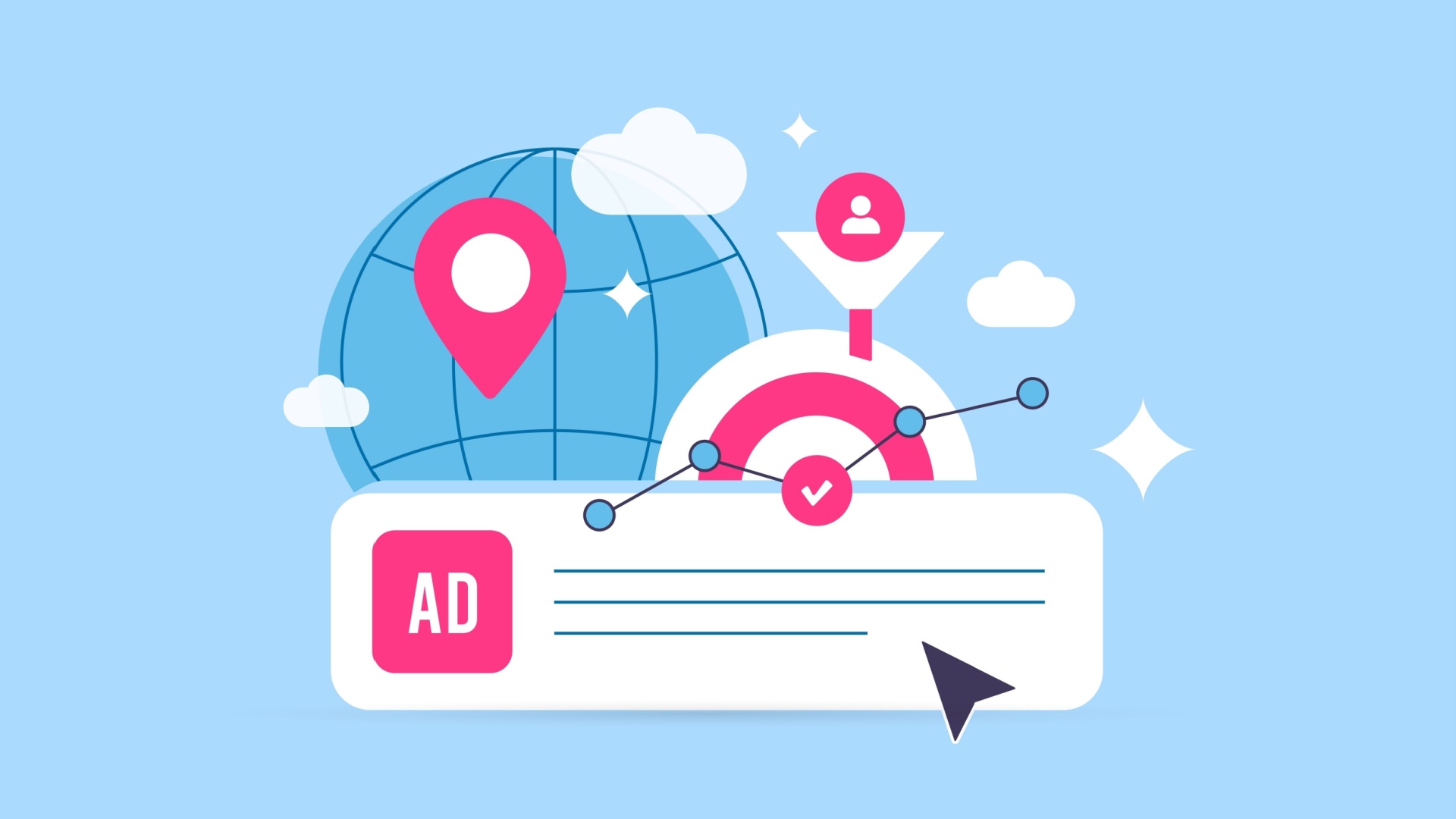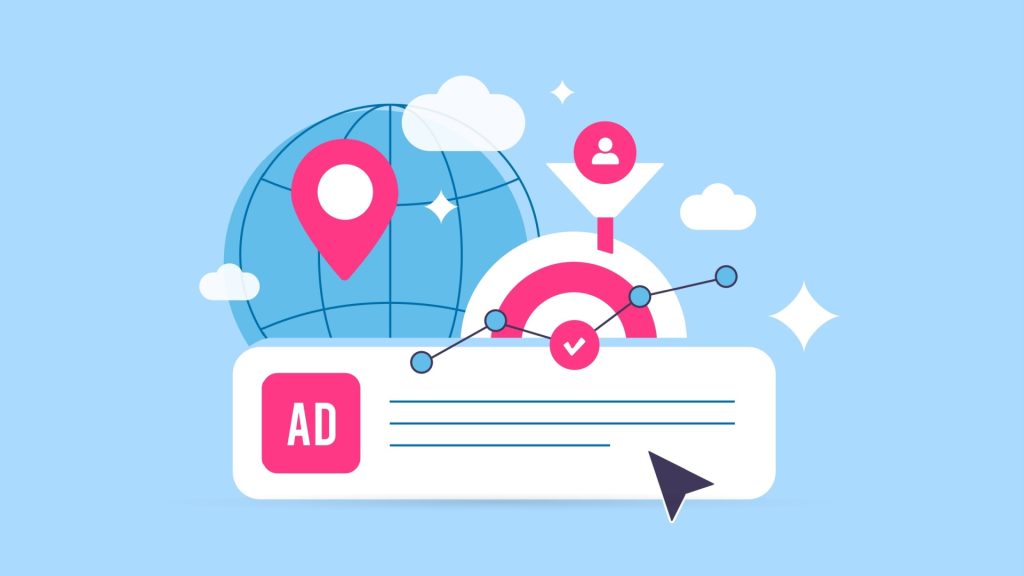What AI means for paid media, user behavior, and brand visibility

AI isn’t just tweaking paid media – it’s transforming it.
What was once background automation is now driving entire campaign types and reshaping how users discover brands.
From incremental optimization to transformation
AI has, in some ways, always been part of paid media.
Smart Bidding, responsive search ads, and other machine learning tools quietly optimized bids and creative combinations in the background.
Today, that role has expanded dramatically.
The biggest change, though, isn’t just new campaign types. It’s the pace and depth of impact.
We’re no longer talking about small, behind-the-scenes optimizations. Instead, we’re experiencing a dual transformation:
- A rapid expansion of tactical opportunities for advertisers, enabling smarter and faster campaign management.
- A fundamental shift in user behavior, where consumers increasingly turn to AI-based tools to inform decisions, changing how and where ads are seen.
This discussion explores three layers:
- How AI is reshaping the tactical side of paid media.
- How user behavior is shifting.
- How these forces together are influencing marketing as a whole.
The goal isn’t a fixed playbook – things are moving too fast – but rather thought-starters on how to adapt with clarity and focus.
A tactical evolution
AI is now deeply embedded in the foundations of paid media.
AI-driven campaign types
AI is no longer just optimizing in the background.
It now powers entire campaign formats across major platforms, including:
- Google’s Performance Max and AI Max.
- Meta’s Advantage+.
- TikTok’s Smart Performance Campaign.
- LinkedIn’s dynamic creative optimization.
These formats reduce manual setup while maximizing algorithm-driven testing and asset delivery across placements.
Smarter budgeting and targeting
Bid and budget tools now adjust in real time to countless micro-signals – location, device, browsing intent, and more – that humans simply can’t manage at scale.
Audience targeting has also leapt forward.
Predictive models go beyond demographics and lookalikes.
They identify new user segments that marketers may never have considered, unlocking faster paths to scale.
Automation at scale
AI is increasingly handling repetitive, time-consuming tasks.
AI agents now handle work that once demanded hours each week:
- Analyzing search queries.
- Detecting CPC trends.
- Flagging anomalies within minutes.
The expanding role of the practitioner
This automation doesn’t eliminate the need for tactical expertise, but it shifts the focus.
PPC practitioners who once spent their time adjusting bids or pulling reports can now devote more energy to strategy, positioning, and cross-channel measurement.
To thrive, we must think more like CMOs – balancing channel execution with an understanding of brand, creative, and customer experience.
The edge goes to those who learn to work with AI rather than resist it.
Dig deeper: Top AI tools and tactics you should be using in PPC
The bigger picture: Paid media user behavior is shifting
Platform innovations are significant, but the deeper disruption lies in how users interact with information.
- AI Overviews in Google SERPs are taking up more space, pushing paid and organic listings farther down the page. This changes click patterns, reduces visibility, and forces advertisers to adapt to a more competitive landscape.
- LLMs like ChatGPT and Gemini are increasingly serving as research tools. Instead of typing a query into Google, users are asking conversational AI for solutions and recommendations – behavior that reduces traditional ad interactions at the top of the funnel.
- With fewer ad spots available, competition for inventory is intensifying, and CPCs are rising. Advertisers must balance efficiency with visibility, often broadening channel mix and strengthening brand presence beyond search alone.
This isn’t just a tactical challenge. It reframes how we define visibility in paid media.
To stay competitive, brands must be discoverable across the AI-driven journey, not just within a single channel.
Key shifts to embrace
These shifts aren’t just tactical tweaks.
They require rethinking how campaigns are designed, measured, and connected across the journey.
- Test relentlessly: AI-driven formats evolve quickly, and platforms often reward early adopters. Waiting too long can mean higher costs and missed opportunities.
- Craft cohesive cross-channel campaigns: No channel exists in isolation. Campaign objectives should ladder up to shared brand goals, with each platform amplifying the others.
- Invest in brand: Programmatic and social campaigns build awareness, social proof, and credibility early. When users eventually ask ChatGPT for “the best solution,” your brand is already part of their shortlist.
- Rethink attribution: LLM-driven journeys collapse the funnel. A consumer might:
- Ask ChatGPT for recommendations.
- Cross-reference with Google.
- Check social proof on Instagram.
- Convert via a retargeting ad.
Not every touchpoint will be measurable in the way we’re used to – but every touchpoint matters.
Get the newsletter search marketers rely on.
See terms.
Zoom out: The funnel is flattening
The traditional marketing funnel no longer reflects reality – and neither does the flywheel.
Today’s buying journey is fragmented and conversational. A user might start with a broad search query, refine their thinking with a ChatGPT recommendation, validate that suggestion on TikTok or through peer reviews, and only convert later through a retargeting ad.
New research from Sprout Social reflects this reality:
- 11% of Gen Z reported using chat-based AI as their first stop for gathering information.
- 41% said social media was their go-to channel.
Search engines still matter, but they’re no longer the single gateway to discovery.
Many of these touchpoints leave no trace in traditional analytics.
That makes attribution fuzzier, but it also highlights the need to design for the full experience, not a linear funnel.
The takeaways are clear:
- Build experiences, not rigid journeys.
- Anticipate and answer questions before your audience asks them.
- Ensure brand visibility across every possible interaction, even those that don’t directly convert.
Going beyond paid media
Perhaps the most important recent shift is the collapse of silos between paid, organic, and content.
Search illustrates this clearly.
AI Overviews may reduce paid search traffic, making SEO and content even more critical.
Brands must proactively monitor how they appear in AI-generated results and adjust strategies accordingly.
Queries surfaced by LLMs should be shared across paid, SEO, and content teams. This enables teams to:
- Refine keyword strategies and creative messaging.
- Adjust audience targeting.
- Shape content strategies that anticipate the questions users are asking before they reach paid channels.
Paid campaigns can amplify educational or thought leadership content, ensuring your brand is visible long before a query is typed or an AI prompt is submitted.
Collaboration can be creative and iterative:
- Analyze organic LLM queries to improve paid ad copy and targeting.
- Review paid ad performance to identify content (thought leadership pieces, downloads, videos, etc.) with high engagement but low conversion.
- Feed these insights to content and SEO teams so they can produce new assets that answer questions blocking conversions.
This type of collaboration builds a holistic, integrated marketing approach.
Channels may blur, but the brand story remains consistent, and insights from one channel reinforce performance across others.
Key takeaways
- Craft experiences, not funnels. The buyer journey is conversational and unpredictable – marketing should reflect that.
- Invest in cross-channel cohesion. Paid, SEO, and content strategies should reinforce one another and share insights.
- Prioritize brand strength. Build awareness and authority before demand exists so your brand is already credible when AI surfaces answers.
- Lean into testing and adaptation. Marketers who evolve with AI will thrive; those who resist risk falling behind.
The AI advantage in paid media
AI’s impact on paid media – and marketing more broadly – is deep, multifaceted, and accelerating:
- Driving new tactical efficiencies.
- Reshaping user behavior.
- Redefining what it means for a brand to be visible and credible.
And this evolution will continue in ways we can’t fully predict.
The marketers who thrive in this new era will be those who understand AI as both a tool for streamlining operations and a force for scaling creativity and impact.
By embracing adaptability, integrating insights across channels, and prioritizing brand-first thinking, you can survive and flourish in a landscape where AI is no longer optional – it’s foundational.
Dig deeper: Scaling PPC with AI automation: Scripts, data, and custom tools







Recent Comments